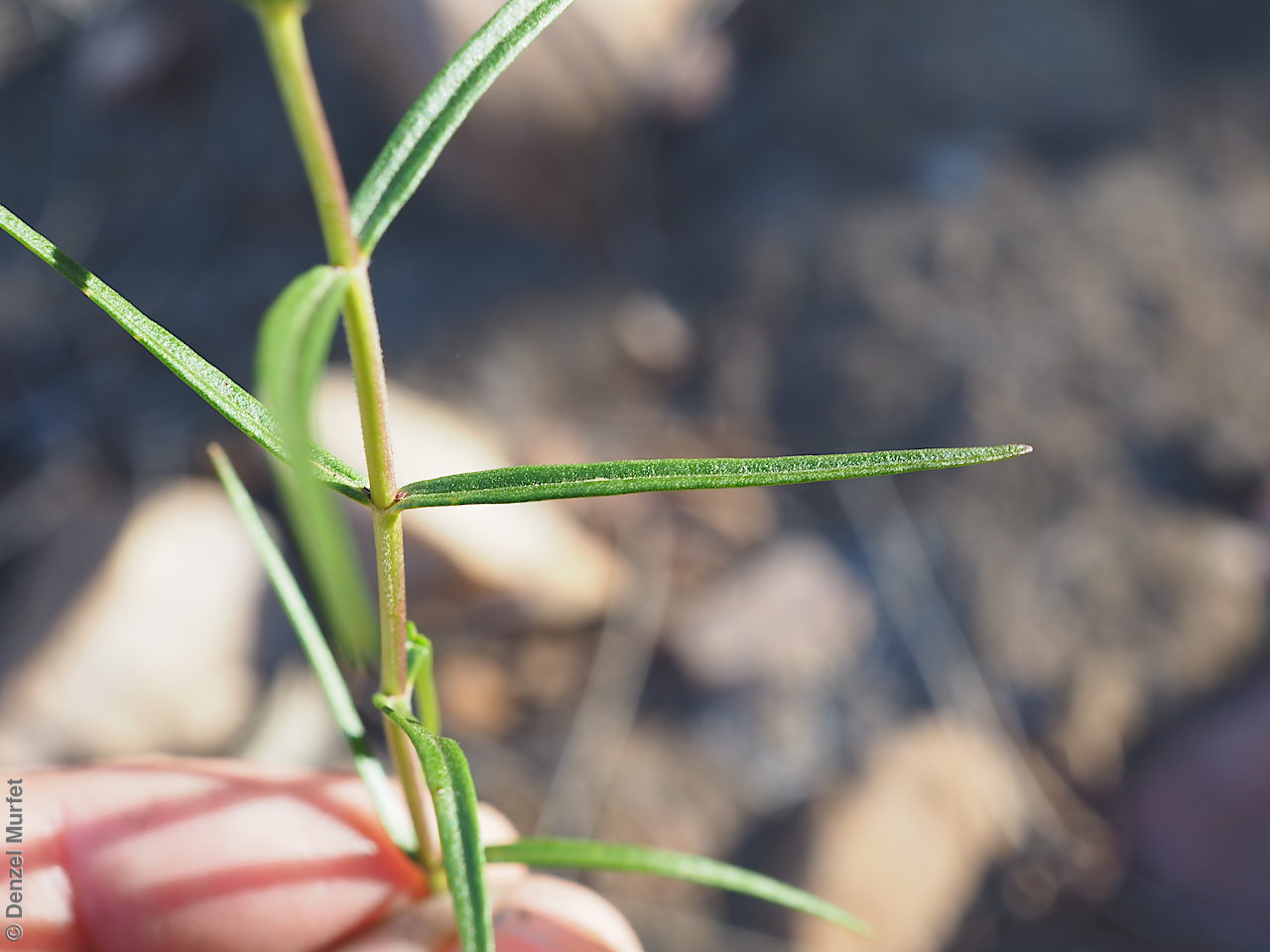
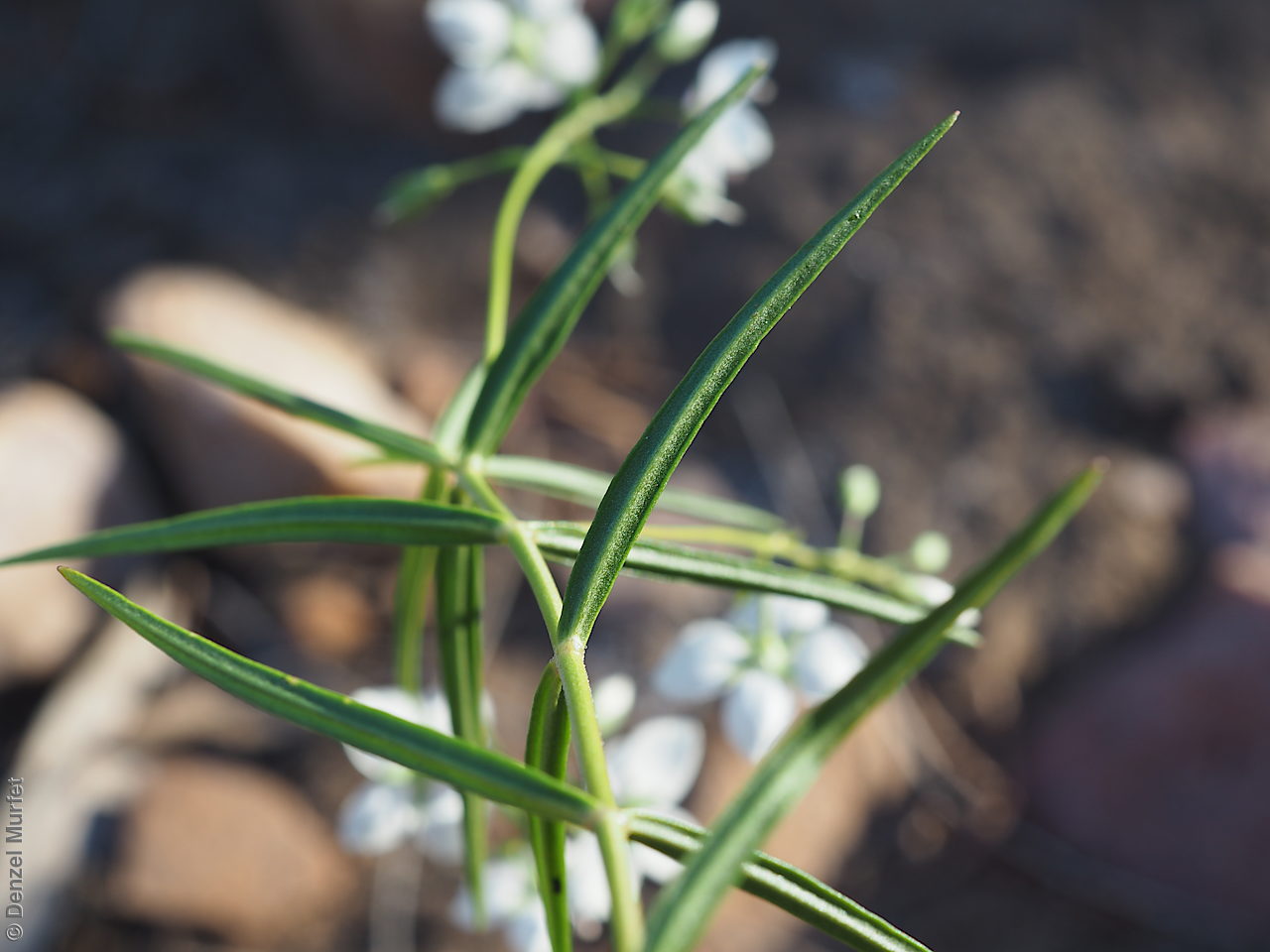
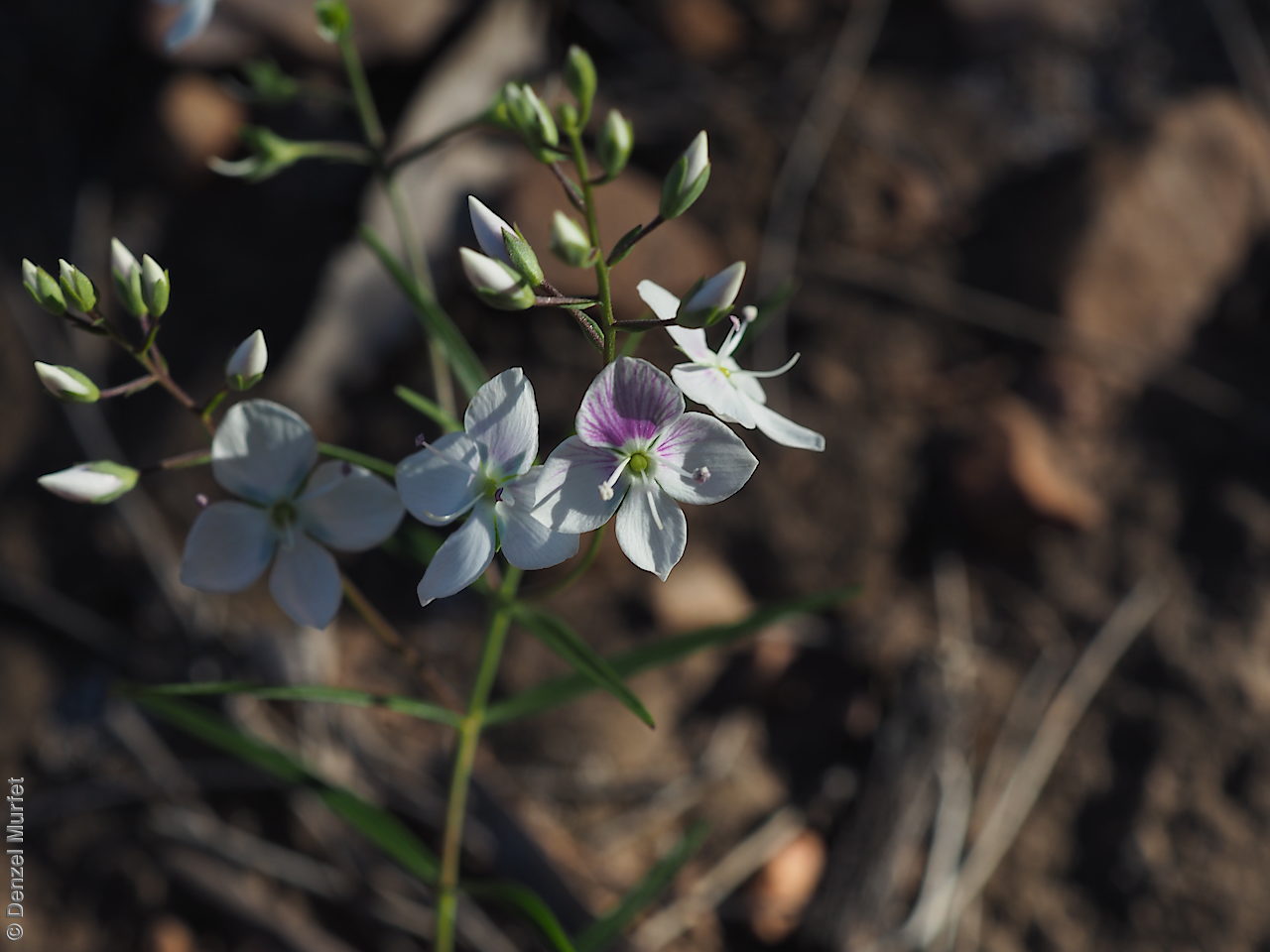
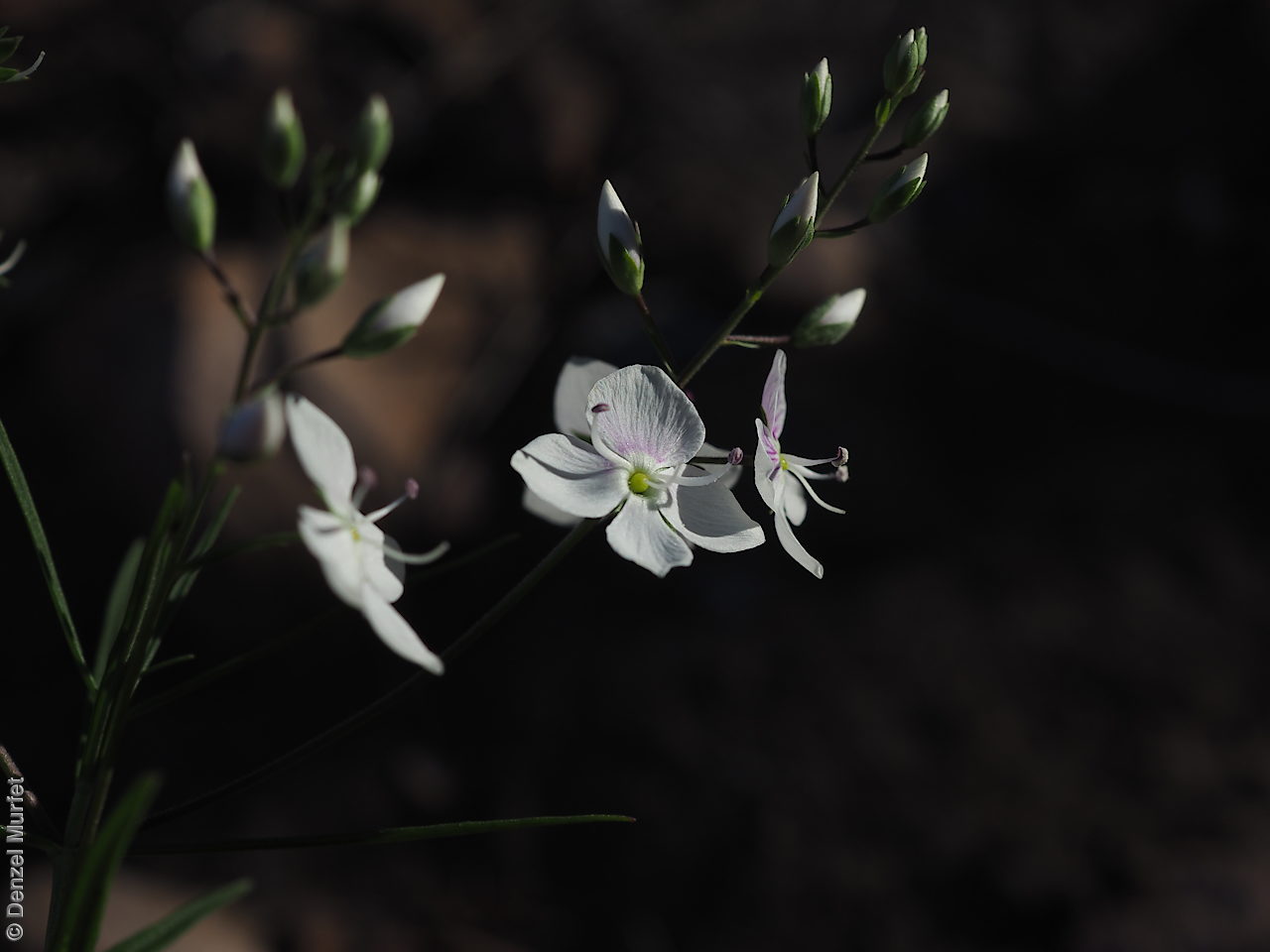
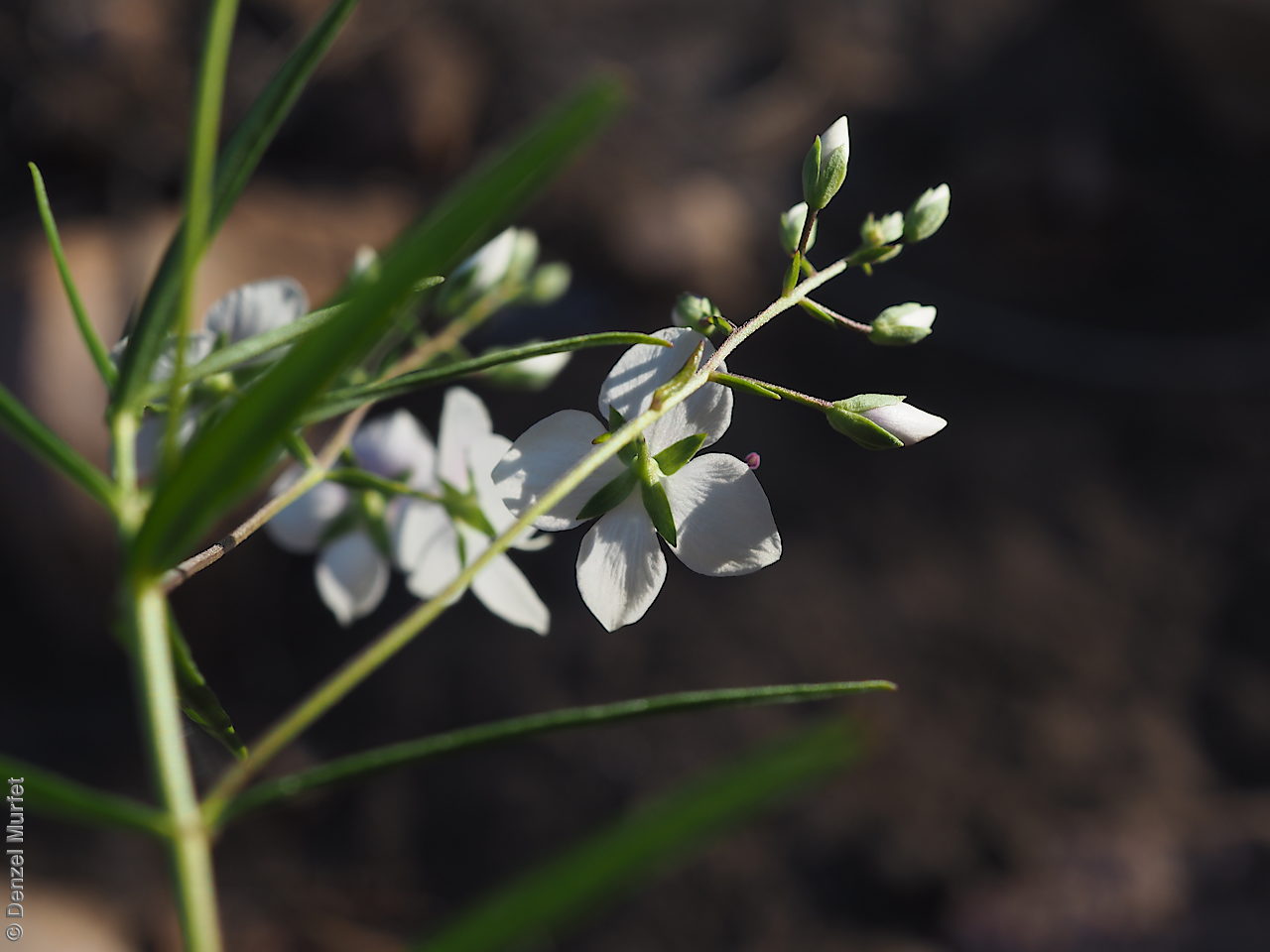
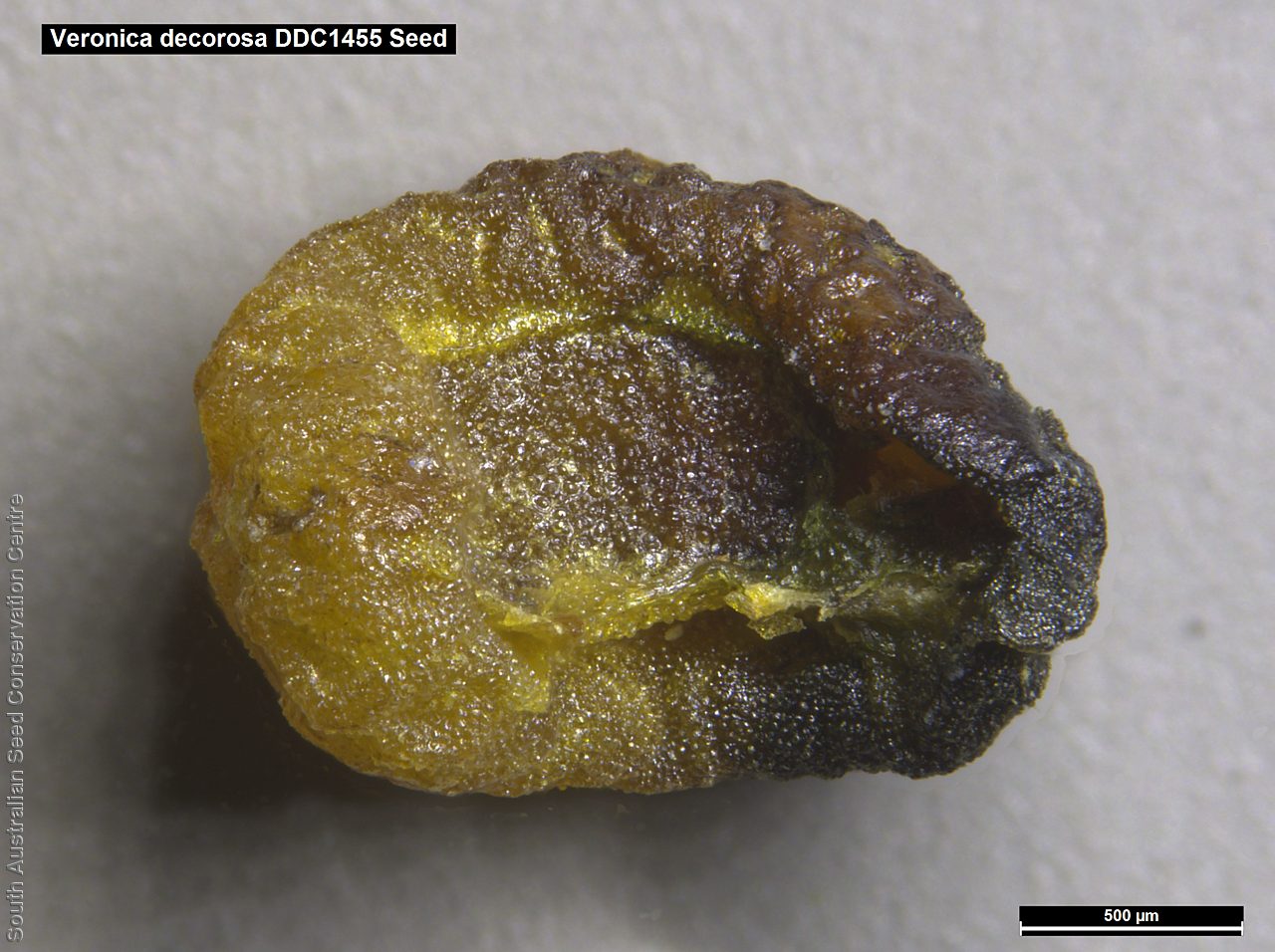
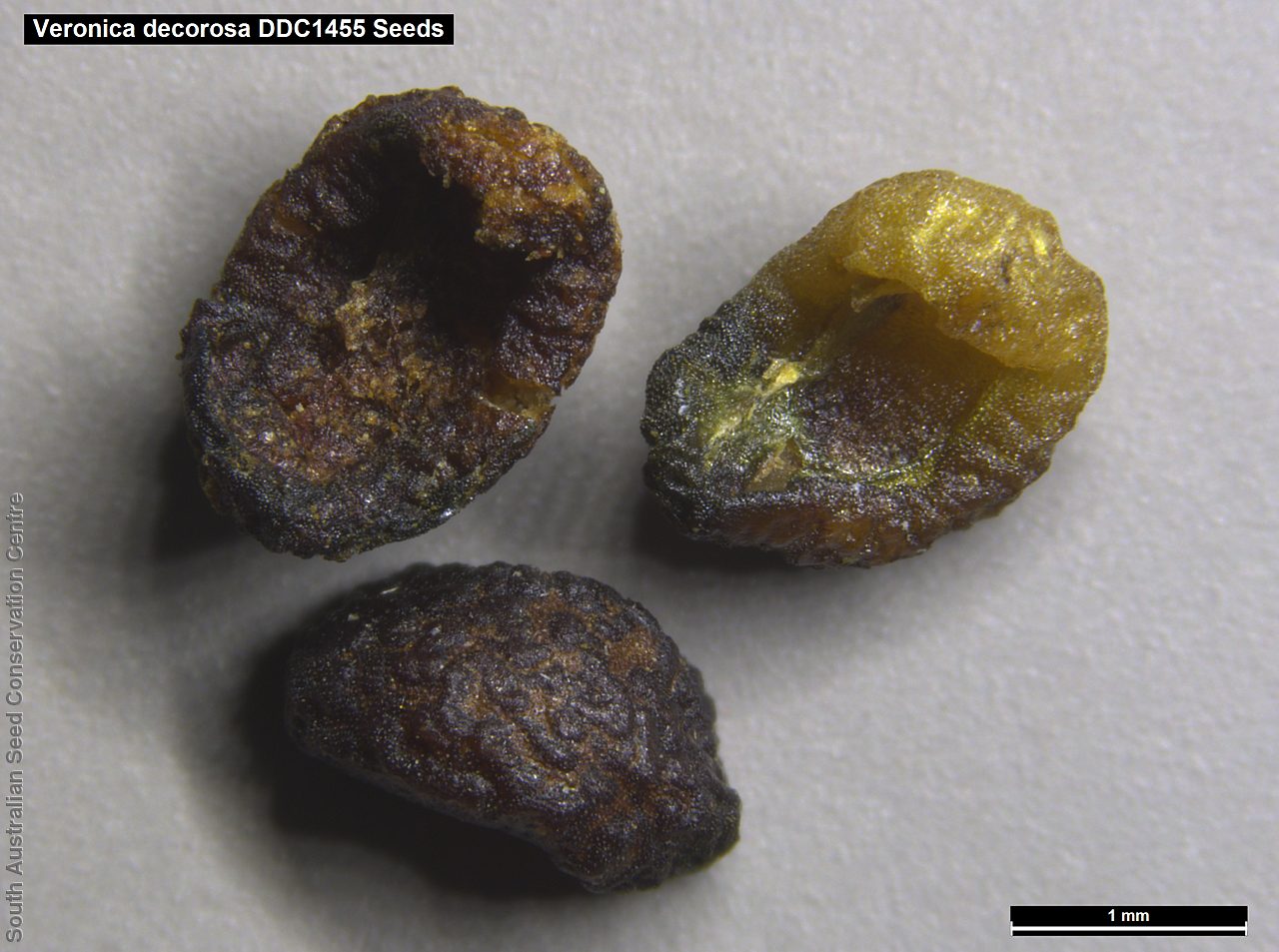
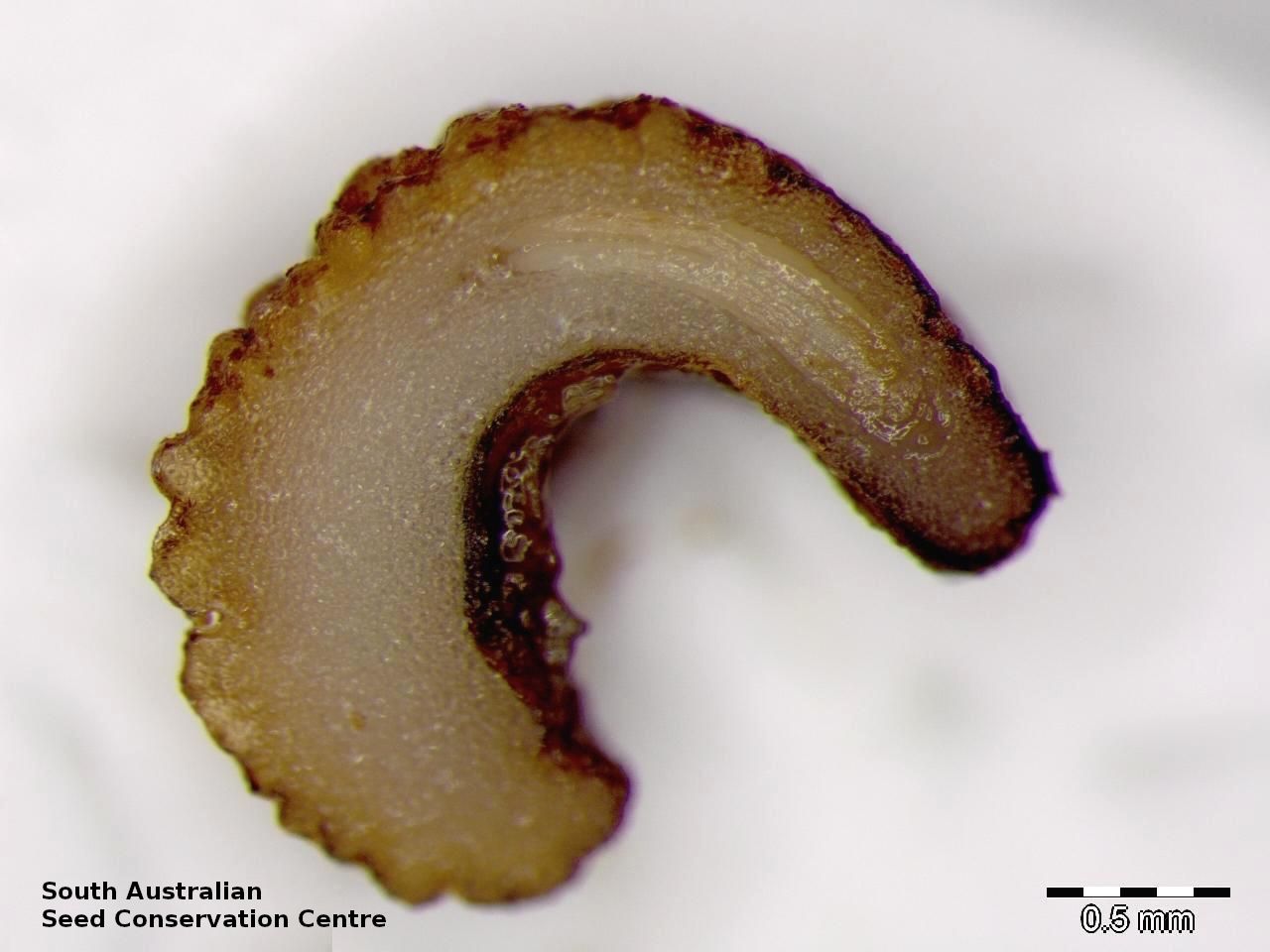
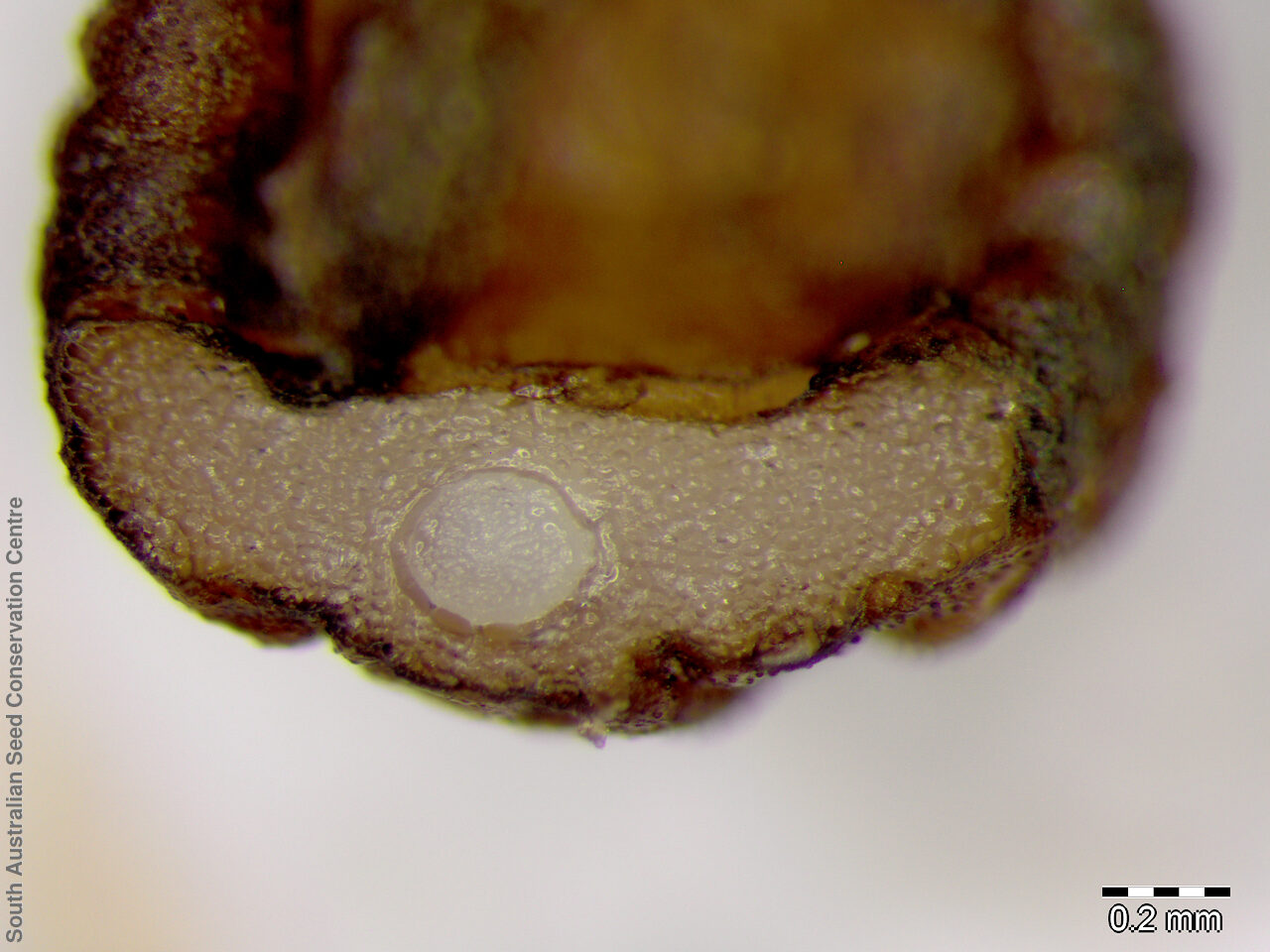


Botanical art
Prior names
Derwentia decorosa
Parahebe decorosa
Common names
Showy speedwell
Rock Speedwell
Etymology
Veronica possibly named after Saint Veronica, a nun who died in Milan in 1497. Alternatively from the Latin 'vera' and 'icon' meaning true image. This is in reference to the legend of the miraculous imprint of the face of Christ on a headcloth that Saint Veronica offered Christ on his way to crucifixion. Decorosa from the Latin 'decus' meaning beautiful or decorative.
Distribution and status
Endemic to South Australia and found in rocky gullies and ridges mainly in the Flinders Ranges. Native. Rare in South Australia.
Herbarium regions: Flinders Ranges, Eastern, Eyre Peninsula, Northern Lofty, Murray
NRM regions: Northern and Yorke, South Australian Arid Lands
AVH map: SA distribution map (external link)
Plant description
Bushy short lived perennial shrub to 1 m tall. Leaves are long and straight with fine serrations along the edges. Flowers are white with pink veins on the inside of the four petals. Flowering in winter and spring. Fruits are pale brown capsules along a fruit-spike, containing numerous small seeds. Seeds are small convex dark brown seeds to 2 mm long with a wrinkled surface. Seed embryo type is linear under-developed.
Seed collection and propagation
Collect seeds between November and January. Either collect the seed capsules by running your fingers along the spike or break the whole fruit-spike off. Collect capsules that are brown but have not split with brown seeds inside. Place the capsules or fruit-spikes in a tray and leave to dry for 1 to 2 weeks. Then rub the capsules by hand or gently with a rubber bung to dislodge the seeds. Use a sieve to separate the unwanted material. Store the seeds with a desiccant such as dried silica beads or dry rice, in an air tight container in a cool and dry place. From four collections, the seed viability were low to high, ranging from 30% to 90%. This species has morphophysiological dormancy that can be overcome to promote germination.
| Location | No. of seeds (weight grams) | Number of plants | Date collected | Collection number Collection location | Date stored | % Viability | Storage temperature |
|---|---|---|---|---|---|---|---|
| BGA | 1,000 (0.96 g) | 7 | 30-Dec-2005 | KHB36 Flinders Ranges | 8-Aug-2006 | 90% | -18°C |
| BGA MSB | 9,500 (8.58 g) 9,500 (8.58 g) | 50+ | 12-Jan-2006 | DDC1455 Flinders Ranges | 8-Aug-2006 | 30% | +5°C, -18°C |
| BGA | 2,000 (2.82 g) | 13-Jan-2006 | DDC1461 | 8-Aug-2006 | 75% | -18°C | |
| BGA | 170 (0.34 g) | 50+ | 26-Nov-2008 | MJT208 Flinders Ranges | 1-Jan-2012 | 78% | -18°C |
| BGA | 2,900 (3.13 g) | 30+ | 26-Nov-2013 | KHB824 Flinders Ranges | 24-Mar-2015 | 90% | +5°C, -18°C |
Number of plants: This is the number of plants from which the seeds were collected.
Collection location: The Herbarium of South Australia's region name.
% Viability: Percentage of filled healthy seeds determined by a cut test or x-ray.